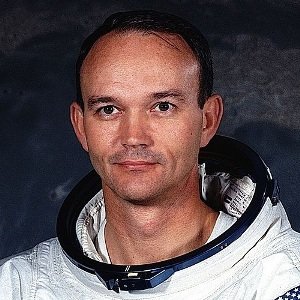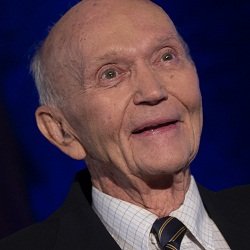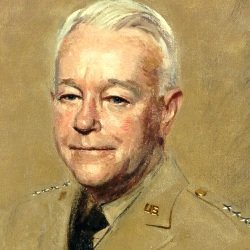Short Biography
Michael Collins was born on 31-10-1930 in Roma, Italy. He was an American Astronaut, Pilot, Businessperson & Autobiographer.
| Other Name: | Michael |
|---|---|
| Other Professions: | Pilot Businessperson Autobiographer |
Michael Collins Complete Bio & Career
Michael Collins Popular Videos
Health Issues, Illness and Death Info
He died at the age of 90 from cancer on 28-04-2021 in Naples in the state of Florida, United States.
| DEATHDAY | 28 April,2021 (Monday) |
|---|---|
| DEATH PLACE | Naples, Florida |
| DEATH COUNTRY | United States |
Michael Collins Family, Relatives and Other Relations
He was born to an army officer father James Lawton Collins and a mother Virginia Stewart Collins. He had a brother named James Lawton Collins Jr.. A senior Army Officer J. Lawton Collins (Joseph Lawton Collins) was his uncle. He was married to Patricia M. Finnegan from 1957 to 2014. He had two daughters named Kate Collins (actress), and Ann Collins, and a son named Michael Collins Jr..
Life's Important Dates Of Michael Collins
- ALL
- LIFE EVENTS
- FAMILY EVENTS
- DEATH
Shocking / Interesting Facts & Secrets About Michael Collins
- Collins was the first astronaut to leave the spaceship twice during a spaceflight and the first to move from space to space in space.
- He became the first person moving in space from one spacecraft to another under Gemini 10 mission.
- He was the Second human being alone in lunar orbit under Apollo 11 mission.
- He became the first director of the National Air and Space Museum of the Smithsonian Institution in Washington, DC
- In 1969, he received the Medal of Freedom ("The Presidential Medal of Freedom"), which is the highest civilian honour in the US.
- The lunar crater Collins and the asteroid (6471) Collins are named after him.
- Michael Collins is one of the few astronauts who is a member of the National Aviation Hall of Fame.
Michael Collins Age, Birthday Facts and Birthday Countdown
Michael Collins was 90 years 5 months & 28 days old age.









